 |
Commotio Cordis |
1.00 |
Paramedic Instructor Peter Bonadonna discusses his thoughts on Commotio Cordis in an effort to orient EMTs that are not familiar with the phenomena. |
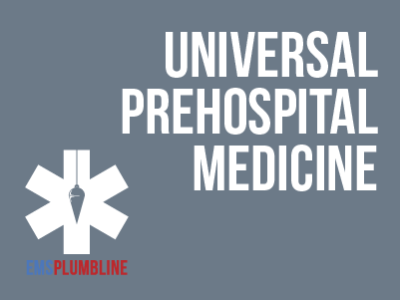 |
Pneumothorax and Hemothorax for EMTs |
1.00 |
Paramedic Instructor Peter Bonadonna discusses some of the most life threatening chest injures. |
 |
Spinal Motion Restriction Decisions |
1.50 |
Two of the University of Rochester’s finest educators discuss the decision-making that is involved with Spinal Motion Restriction.This enlightening discussion offers information that will allow providers to better interpret standing protocols.Subsequently providers will be able to create and execute better treatment plans.
Jeremy Cushman M.D., M.S., NYS Paramedic is the Chief of the Division of Prehospital Medicine, Department of Emergency Medicine, at the University of Rochester.
Mark Gestring, M.D., F.A.C.S., is the Director of Adult Trauma at the University of Rochester’s Regional Trauma Center.
Enjoy the conversation as these two experts in their respective fields escort you through the nuance that every provider should consider when treating a patient with possible spinal trauma. |
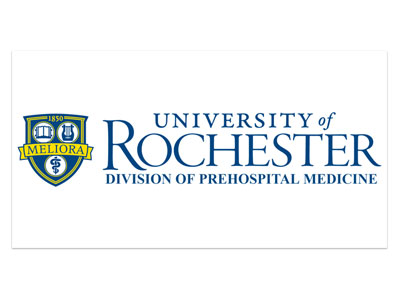 |
VAD Educational Updates for the Prehospital Care Provider |
1.00 |
Ventricular Assist Devices (VADs) are not new devices. In fact, the first successful use of such a device was described in 1966. Since then, and particularly in the past few years, VAD design and safety has improved significantly and are now commonly implanted devices.
This course strives to bring prehospital providers current with the most commonly implanted devices at the time - this course will not cover every device that a prehospital provider may encounter.
Following successful completion of the material, the provider should feel comfortable recognizing the VAD patient when encountered in the community, have an understanding of the basic VAD components, be able to assess the VAD patient's hemodynamic status, and be able to deliver care in the prehospital setting. |
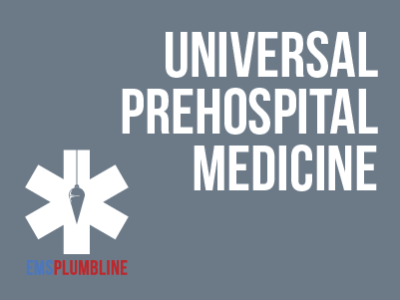 |
Mental Health - Anxiety Overview |
1.00 |
This brief overview of the topic of anxiety disorders explores the assessment and treatment that EMS providers should be familiar with. Along with the intricate evaluations that EMS providers must obtain on the patients they are caring for there is the underlying issue of evaluating ourselves. This tour of the topic will certainly offer opportunities for EMS providers to assist responders and patients alike.
Exam Description Please read each question carefully. You will have two attempts to gain a 70% or higher on this exam. If you are not successful in two attempts you are welcome to take the course again to gain the certification. Best of luck! |
 |
Coaching: Interpersonal Meetings (Instructor Guide) |
0.75 |
As a coach, your communication skills are critical to your success and the employees you are coaching. In many office environments, it can be tempting to get through the day without much personal contact by relying on technology. However, nothing can replace the benefits of personal interaction, or face-to-face communication.
This Instructor's Edition of this course includes notes and suggestions to assist you in presenting the material, whether in an in-person classroom setting or as an instructor-led online or distance-learning course. It also provides you with the answers to questions found in mid-lesson activities, as well as in the quiz that concludes the course. |
 |
Advanced Interpersonal Communication: First Impressions and Building Rapport (Instructor Guide) |
0.67 |
Although it only takes 30 to 45 seconds to formulate a first impression, it often requires four or five additional encounters to change someone's first impression. Many times, once you've made a first impression, you will not have a second opportunity to change that impression. Therefore, it's important to make your best impression on the first try.
In this course you will learn: to identify the elements that influence a first impression, to build rapport, and establish credibility with others, and to build positive relationships.
This Instructor's Edition of this course includes notes and suggestions to assist you in presenting the material, whether in an in-person classroom setting or as an instructor-led online or distance-learning course. It also provides you with the answers to questions found in mid-lesson activities, as well as in the quiz that concludes the course. |
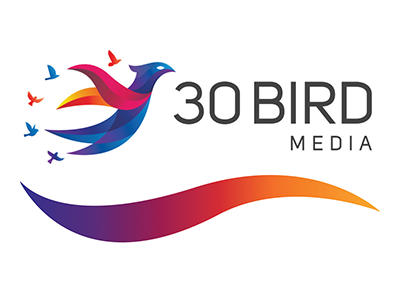 |
Microsoft Project 2021/365 Complete |
16.00 |
30 Bird Media's Microsoft Project 2021/365 Complete courseware covers the concepts and skills needed for maximum productivity in Project, starting with fundamentals and working up to advanced tools and techniques.
There are no specific prerequisites for this course. However, general computer user knowledge is assumed. Any additional experience having worked with forms and/or databases will be helpful.
You will benefit most from this course if you have at least some prior knowledge of project management procedures and practices. It is intended to support you in applying this knowledge through the use of Microsoft Project as a project management tool. |
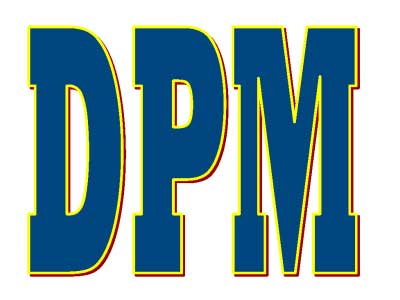 |
Effective Prehospital Patient Handoffs Between Providers |
0.50 |
Effective Prehospital Patient Handoffs Between Providers was designed to provide a common process for reporting patient information during the prehospital care process. Communication of the patient's prehospital care from all level of providers is essential in ensuring the continuation of care in a unified and effective manner and to help provide a seamless transition in their care. This course expands on the idea of effective patient handoffs to the field providers that often transfer patients between various levels of care from first-responder through advanced paramedics. Very often, initial observations of those initial responders are unavailable to subsequent responders - either because the patient has been moved, or the scene itself has been altered. Without an effective process to communicate these details, important information can and will be lost. |
 |
Mental Health Depression |
1.50 |
Most, if not all, providers have an interest in helping those around them. We found six providers that chose to tell their stories as they relate to Chronic Depression. All of the stories are different but they are all being told for the same reason. These providers are willing to do what many of us will never do. They are sharing their experiences so that they will help those around them. Mental Health First-Aid Instructor, Melodie Kolmetz and Dual Certified Family Practice Physician / Family Therapist, Alan Lorenz discuss the growth that our profession has seen. They also give fantastic guidance regarding the care of patients, partners, and ourselves. |
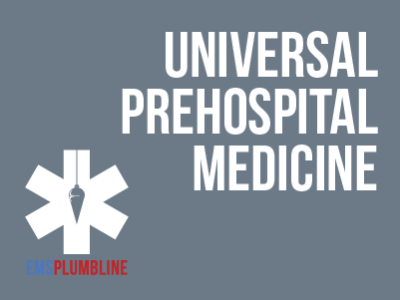 |
Neurogenic Shock Reviewed |
1.00 |
Terms that are commonly heard, such as neurogenic shock and spinal shock often confuse EMS providers. Knowing the meaning of each term is only the beginning. In this overview, Dr. Jeremy Cushman offers a few pearls of wisdom that will assist EMS providers of all levels with the secondary assessment of patients who may have suffered life-threatening spinal trauma. Test: This multiple choice exam is designed to test your knowledge of the material you just reviewed. You have one attempt to gain an 70% or higher on this exam. Please take your time and answer each question carefully.
|
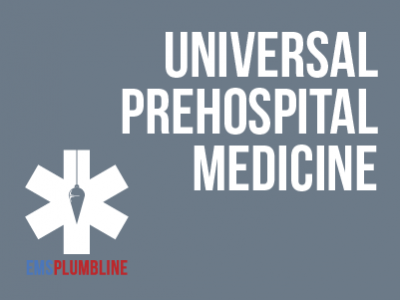 |
Communications for the Fire and EMS Supervisor |
1.00 |
So much of what we do in Fire and EMS is problem-solving. This CME is a fantastic means for managers to learn about the very technical field of Radio Communications. If you are a manager that is in the position of problem-solving, you will want to take time to review this material. Three experienced professionals succinctly discuss what you will need to know when preparing for a problem or reacting to problems in the Radio Communications realm. Final Exam: This multiple-choice exam is designed to test your knowledge of the material you just reviewed. You have two attempts to gain an 70% or higher on this exam. Please take your time and answer each question carefully. |
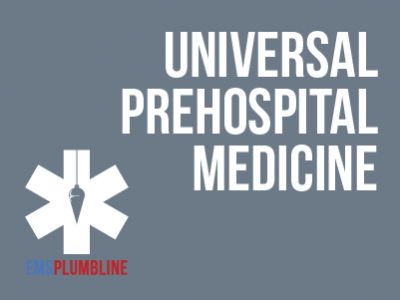 |
Head Trauma Interviews: Lesson 1 |
1.50 |
Lauren Wittman RN, BSN, CCRN-CMC, sits down to discuss some of the fundamental components of brain and skull Anatomy and Physiology with Jonathan J. Stone, M.D. . As the discussion continues, Dr. Stone offers an in-depth look at what we can expect when secondary trauma to the brain continues to manifest. This valuable information will assist you with understanding your local protocols no matter where you are. Final Exam: This multiple-choice exam is designed to test your knowledge of the material you just reviewed. You have two attempts to gain an 75% or higher on this exam. Please take your time and answer each question carefully. |
 |
Coaching: Fundamentals of Coaching (Instructor Guide) |
1.00 |
Coaching is the continuous effort to help employees maximize their abilities through personalized counseling and advice. The coaching process not only trains employees to become familiar with business procedures and expectations, but also motivates them to reach both individual and company goals.
Coaching is beneficial to employees because it encourages them to discover their worth and potential. Through proper coaching sessions, employees build confidence, improve their work habits, and increase their productivity.
In this course you will learn to:
1. Define coaching and identify the qualities of an effective coach
2. Build a coaching foundation and plan a coaching strategy.
This Instructor's Edition of this course includes notes and suggestions to assist you in presenting the material, whether in an in-person classroom setting or as an instructor-led online or distance-learning course. It also provides you with the answers to questions found in mid-lesson activities, as well as in the quiz that concludes the course. |
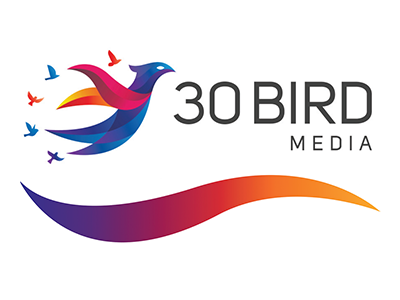 |
CompTIA Security+ Certification - Exam SY0-701 |
40.00 |
CompTIA Security+ Certification SY0-701 provides the basic knowledge needed to plan, implement, and maintain information security in a vendor-neutral format; this includes risk management, host and network security, authentication and access control systems, cryptography, and organizational security. This course maps to the CompTIA Security+ certification exam. Objective coverage is marked throughout the course.
You will benefit most from this course if you intend to take a CompTIA Security+ SY0-701 exam.
This course assumes that you have basic knowledge of using and configuring individual workstations and simple networks. Knowledge equivalent to the CompTIA A+ and Network+ certifications is helpful but not necessary. |
 |
Business Ethics: Ethical Decisions (Instructor Guide) |
1.67 |
In this course you will learn to: define business ethics, describe how to balance personal values and organizational ethics, and identify common ethical dilemmas and their causes, and describe the DECISIONS method of making ethical decisions and identify the barriers to making such decisions. |
 |
Lifting and Moving—Lesson 1 |
0.50 |
There are several disciplines of healthcare that require proficiency in lifting and moving. Prehosital medicine and fire-service-related rescue requires a proficiency in this area that is beyond any other area of healthcare. Our team of experts discuss the challenges that we face in our community. In this first session of the series, we explore the mindset and preparation that must take place in order to achieve success.
Final Exam:This multiple choice exam is designed to test your knowledge of the material you just reviewed. You have two attempts to gain a 70% or higher on this exam. Please take your time and answer each question carefully. |
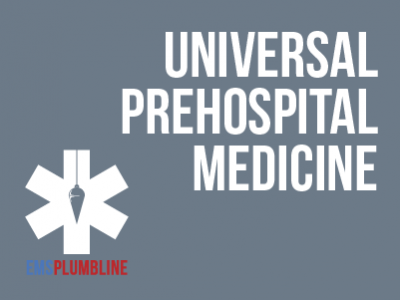 |
Lifting and Moving—Lesson 2 |
0.50 |
In the second session, we will discuss body mechanics and what you can do to properly train to perform in a safe manner. Final Exam: This multiple choice exam is designed to test your knowledge of the material you just reviewed. You have two attempts to gain an 80% or higher on this exam. Please take your time and answer each question carefully.
|
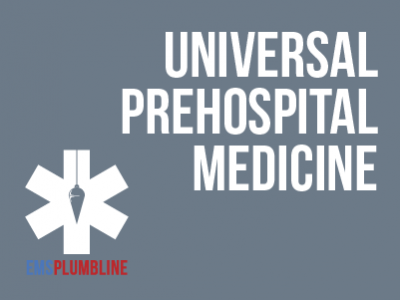 |
Communicating with the Deaf Sign Language User |
1.00 |
This training was developed by Dr. Jason Rotoli, Deaf Health Pathways Director, University of Rochester School of Medicine and Dentistry in conjunction with Dr. Jeremy Cushman, Chief of the University of Rochester’s Division of Prehospital Medicine. Funding for the Care of the Culturally Deaf education was provided by Society of Academic Emergency Medicine. Continuing Education provided by EMSPlumbline
Final Exam: This multiple-choice exam is designed to test your knowledge of the material you just reviewed. You have three attempts to gain an 80% or higher on this exam. Please take your time and answer each question carefully. |
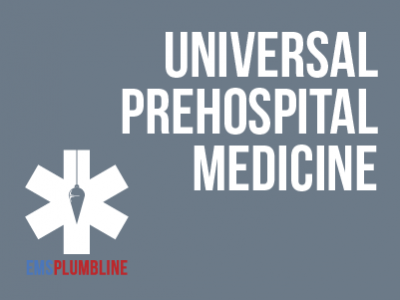 |
Communications for EMS Providers |
1.00 |
Many providers view EMS Communications as the most basic of topics. At the same time, some experienced providers see this as one of the most in-depth issues that they may come across. How do you view the topic of EMS Communications? It is difficult to find a provider with a rich background in EMS Communications that John Merklinger brings to the table. His knowledge of the industry and his ability to breakdown complex issues makes this large topic very easy to digest.
Final Exam: This multiple-choice exam is designed to test your knowledge of the material you just reviewed. You have two attempts to gain an 70% or higher on this exam. Please take your time and answer each question carefully. |
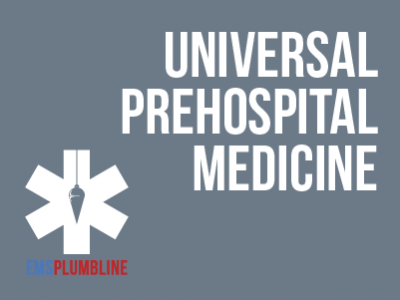 |
Review of Resuscitation |
1.50 |
Dr. Erik Rueckmann and Paramedic Sal Valdez sit down with Paramedic Michael Hoskins in this insightful interview. Their discussion will lead you through the concepts of resuscitation and the teamwork that is inherently integrated in the efforts to be successful.
Final Exam: This multiple-choice exam is designed to test your knowledge of the material you just reviewed. You have two attempts to gain an 70% or higher on this exam. Please take your time and answer each question carefully. |
 |
Coaching: Communication (Instructor Guide) |
1.00 |
Language is an important coaching tool. The use of suitable words during coaching will help you create relationships, repair employee confidence, and establish plans for employee success. As a coach, you must select words that directly influence your employees’ attitude, behavior, and performance. The use of appropriate language during your coaching sessions will help you convey your messages in a clear and encouraging manner.
In this course you will learn to: clearly express your message by using appropriate language, identify and use nonverbal methods of communication, and receive the desired information by asking effective questions.
This Instructor's Edition of this course includes notes and suggestions to assist you in presenting the material, whether in an in-person classroom setting or as an instructor-led online or distance-learning course. It also provides you with the answers to questions found in mid-lesson activities, as well as in the quiz that concludes the course. |
 |
CompTIA Cybersecurity Analyst+ (CySA+) - Exam CS0-003 |
40.00 |
30 Bird's CompTIA Cybersecurity Analyst (CySA+) CS0-003 course provides the knowledge needed to analyze, monitor, and protect computer and network systems using a vendor-neutral format. It includes threat intelligence, active security, vulnerability management, network reconnaissance and monitoring, secure operations, and incident response. This course maps to the CompTIA CySA+ CS0-003 certification exam.
Students will benefit most from this course if you intend to take a CompTIA CySA+ CS0-003 exam. This course assumes that you have some applied knowledge of computers, TCP/IP networks, and cybersecurity principles. Knowledge equivalent to the CompTIA Security+ certification is helpful but not necessary. |
 |
Introduction to Risk Management |
1.00 |
This an introductory course that introduces the firefighter to the concepts of risk management. The concepts introduced in this course are intended to create a healthy attitude regarding safety and begins a process of developing a safety-minded culture. The definitions of hazard and risk are defined and the concept of risk management is explained. This explanation of risk management is intended for firefighters who need a rapid and effective method for identifying and mitigating dangers on the fire ground. |
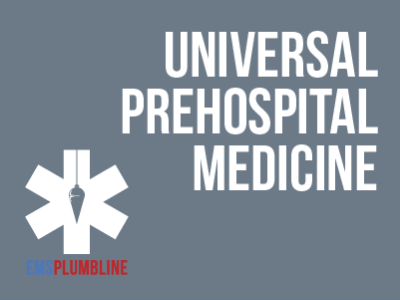 |
Brick by Brick: Trauma Transport Decisions 4—Pediatrics |
0.50 |
|


























